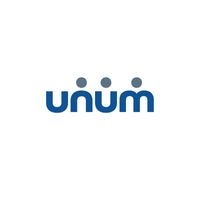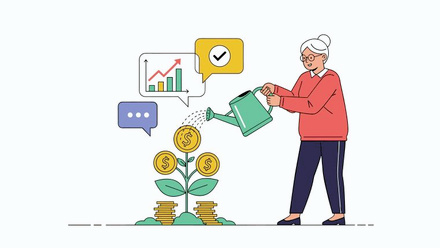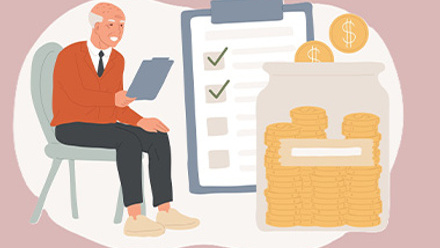4 things to consider when building a personalised, flexible benefits strategy
Modern, diverse workforces do not suit a one-size-fits-all employee benefits solution — different employees have varying (and variable) needs. Employers who want to attract and retain the best talent should be developing personalised, flexible benefit strategies that show they really understand who their employees are and what they need to be successful at work and in life.
Unum’s research conducted by Opinium in 2021 on ‘The Big Quit’ found that 40% of employees who had changed jobs, or planned to, since the start of the Covid-19 pandemic said they would be attracted to a new employer by a better employee benefits package.
And more than one in five (21%) of employees would like a benefits package they can access remotely. Employees are driving a requirement for innovation in terms of their benefits.
Here are four things that employers should consider when developing a personalised and flexible benefits strategy to meet the needs of their workforce.
1. Benefits for all
One of the many things the pandemic taught us is that an employee is more than just the person who turns up to work. Employees have lives (and concerns) outside the workplace, as well as dependants, partners and spouses to consider.
The recent turbulent years have seen a shift in the employers’ responsibility to provide rewards that can benefit the whole family. Understanding and providing access to the key health and wellbeing services employees and their loved ones need can help relieve some of the pressures they face.
For example, Unum’s research with Censuswide last year found that 52% of employees who have been diagnosed or treated for cancer in the last three years would like to see support for family members included in their group life insurance policy. Reward strategies that include family benefits like this will help staff feel understood and supported — a big win in terms of staff retention.
2. Prevention plus intervention
Digital wellbeing solutions are by no means a new concept and users can select from an increasingly wide range of apps to help improve their mind, body and soul. But health and wellbeing apps within the group risk market have traditionally offered reactive solutions — remote GP access, online physiotherapy and mental health support for example.
The next generation of digital wellbeing solutions should contain a wraparound mixture of preventative care alongside these treatment options. Unum’s Help@hand app, to which all Unum group risk policyholders have access, not only provides key services, but also the tools that help employees understand wellbeing.
These include nutrition and fitness advice, and the chance to focus on physical, mental, social and financial health.
Benefits strategies should contain a mix of services for employees that positively add value to their lives, not just resources that kick in when the worst happens. And, of course, employers themselves can benefit from early intervention, which will help prevent sickness absence — and help keep employees happy, healthy and productive.
3. Life happens
We all know that a lot of things occur in any one lifetime — marriage, divorce, parental leave, changing jobs, can all hit a person hard. But benefits need to adapt to an individual’s situation, and take into account those life-altering times when they might need more, or less, cover. If your employees don’t have the ability to flex their benefits to suit their needs, you might want to consider adapting your offering.
4. Keep an eye on the numbers
Surveying staff about what benefits they would like to see is one thing, but gathering data on their use of benefits gives a whole new insight. This can be used to shape future workplace reward strategies, ensuring they are inclusive.
Anonymised data collated from various platforms such as health and wellbeing apps can give HR teams access to in-depth analysis, showing which benefits are popular among various demographics within the organisation, and how employees are using them.
It’s vital information that can show where additional attention is required to improve employee wellbeing and help shape bespoke future benefit approaches.
It’s clear that employees want benefits that address their immediate personal issues, as well as being agile enough to adapt to changes in individual circumstance. By carefully curating inclusive and flexible rewards schemes based on the varied and fluctuating needs of the workforce, businesses can ensure their benefits strategies provide a whole-of-workforce solution.
Supplied by REBA Associate Member, Unum
Helping the working world thrive throughout life’s moments’








